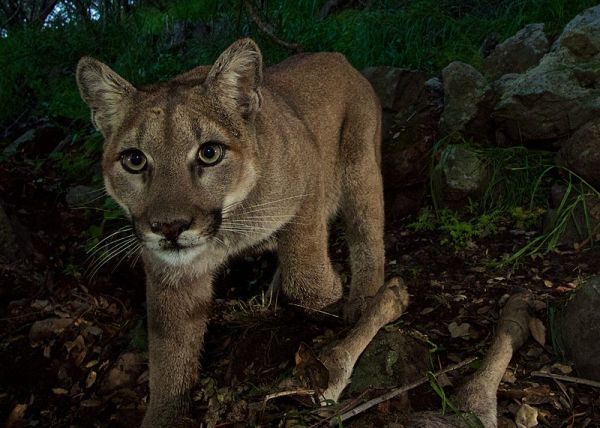
In a well-balanced ecosystem, each species fits into a niche that helps maintain that balance. Apex predators keep the deer population from exploding, and too many deer will eat the trees, and the next thing you know, the forest is gone. But the food chain is not just a linear process. For example, pumas (or cougars or mountain lions) often take down prey that are much more than they can eat. A puma will feed and then leave half an elk to rot. Or does it? Puma researcher Mark Elbroch tells us how a puma kill benefits many other species.
In previous studies, Elbroch had already documented dozens of large vertebrates—wolves, foxes, black and grizzly bears—that feed on carrion left by pumas. He also grew interested in the insect populations attracted by their kills. The researchers studied a total of 18 elk and mule deer carcasses killed by pumas in Bridger-Teton National Forest in Wyoming, returning weekly over the course of six months from May to October 2016 to check beetle traps and observe how populations shifted over time. They collected more than 24,000 individual beetles belonging to 215 different species from the bodies of puma prey—greater numbers and diversity than found in surrounding areas. The results show that pumas as more than predators: They’re “ecosystem engineers,” researchers write in the study, published in the journal Oecologia.
Read about how these different insects take advantage of leftover cat food at Atlas Obscura.
(Image credit: National Park Service)





